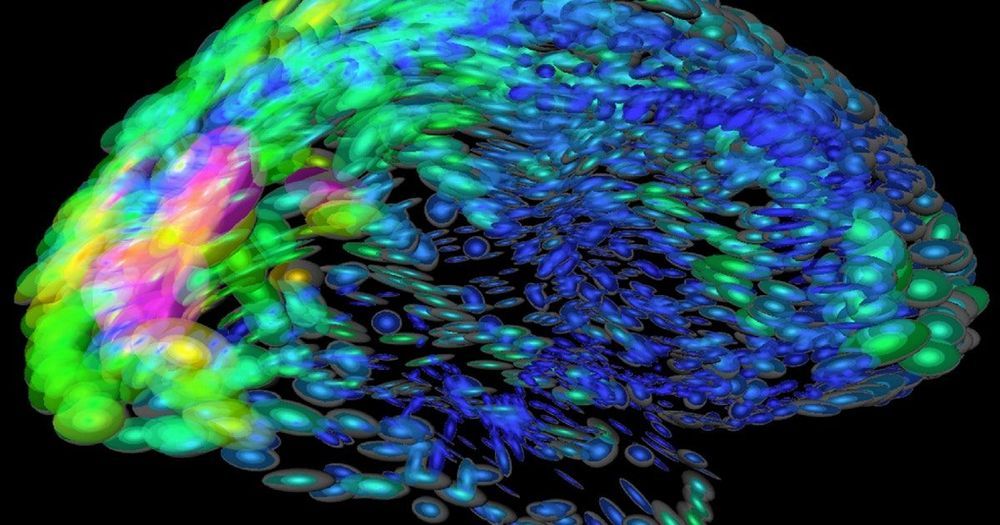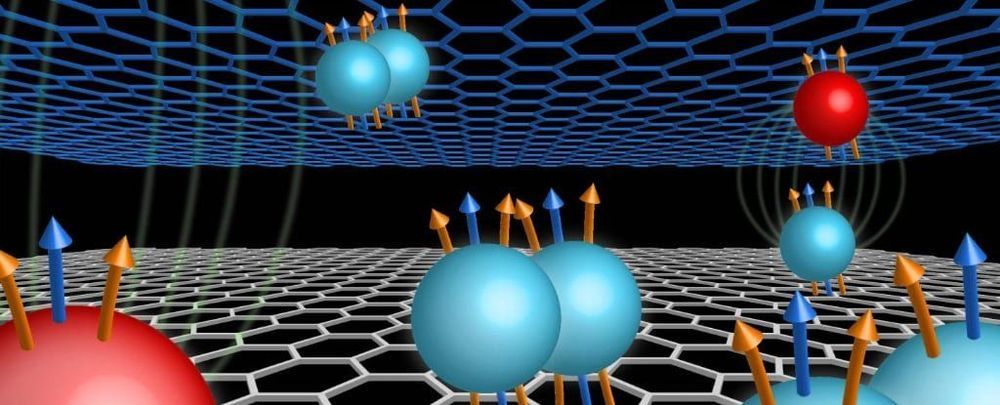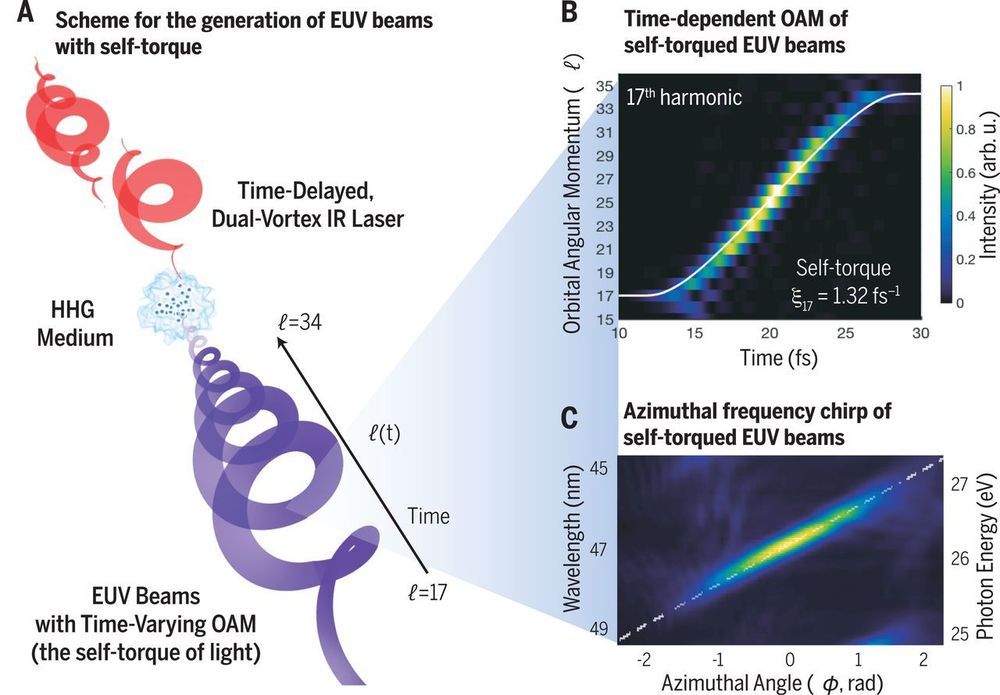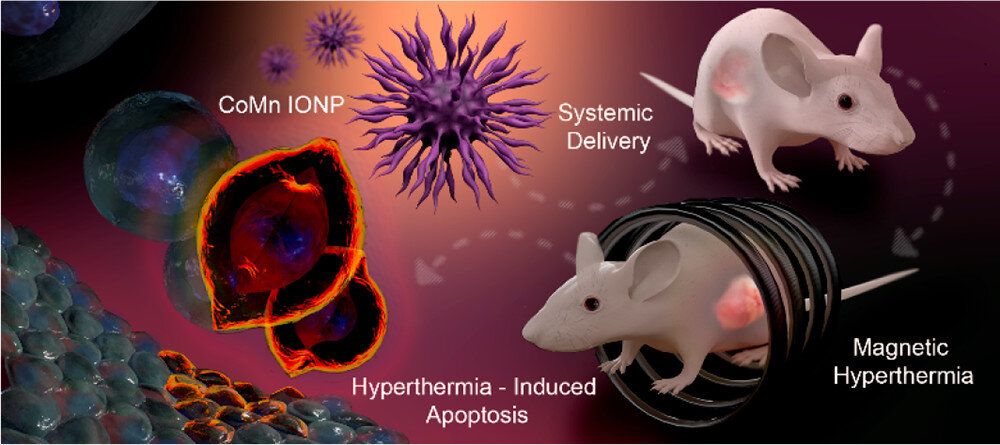
We’re now rapidly approaching a pivotal moment in the history of this planet, when through scientific discovery an intelligent species could become a race of demigods, THE RACE OF THE IMMORTALS.
It’s quite achievable now. In fact, that will probably happen in two stages: First stage — we have to extend our lifespan with ever-improving Biotechnology. Aging is declared a desease, and around 2029, with the advances in Nanotechnology and Artificial Intelligence, we will be able start to reverse aging and add more than one year every year to an average life expectancy.
So if you’re alive in 2030, chances are you’ll live to 100 and beyond. What life would be like on the other side, when you know you can live indefinitely long? Well, we’ll get used to it and adjust accordingly. We’ll merge into the Global Brain, and emerge as the Global Mind.


















